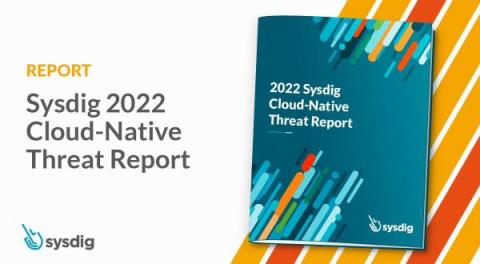Security | Threat Detection | Cyberattacks | DevSecOps | Compliance
Latest News
How To Secure Your Files for Back to School? Cybersecurity Tips for Students
While online learning provides many positive opportunities for learners and teachers alike, it is more important than ever to strengthen cybersecurity defenses to deal with new and emerging attacks. As school is back in session, now is a good time to double-check that you’re doing everything necessary to keep your data (and your homework) secure online.
Kroll CFO report reveals high cost of business overconfidence around cyber risk
Everything about the Online Skill Based Gaming Laws in India
According to a recent government assessment, India needs a regulatory body to oversee and categorise online gambling websites. The study, which was created by a committee of senior officials under Prime Minister Narendra Modi, advocated for involvement and tougher categorization of India’s online gaming industry.
Addressing the Cybersecurity Skills Shortage
In 2021, there were an estimated 4.19 million cybersecurity professionals in the workforce — an increase of more than 700,000 since 2020. This welcome growth suggests businesses are now taking online threats more seriously than ever. But while the cybersecurity workforce is growing, it’s still a long way from where it should be. Skills shortages in cybersecurity are currently the highest on record.
PCI DSS Readiness Assessment
The PCI Council has set a robust framework comprising a comprehensive set of requirements for enhancing the security of payment card data. So, prior to performing the final PCI DSS Audit, most Level 1 Merchants conduct a PCI Readiness Assessment. This is to validate the effectiveness of their security implementation and the readiness for the final audit.
Stories from the SOC - C2 over port 22
The Mirai botnet is infamous for the impact and the everlasting effect it has had on the world. Since the inception and discovery of this malware in 2016, to present day and all the permutations that have spawned as a result, cybersecurity professionals have been keeping a keen eye on this form of Command and Control (C2 or CnC) malware and associated addresses.
EV Code Signing without Hardware Token - Is It Possible?
Organizations utilize the EV Code Signing Certificate to secure the software with the highest standard. Although to configure it for digital sign and timestamping, a hardware token gets issued from the CA. However, there can be chances that someone lost that Token or forgot its passcode, or anything unexpected happens. No company wants to go through such a situation. And to prevent it, they started to find the Extended Validation Code Signing without Hardware Token.
How to Optimize Governance and Data Security in Microsoft 365 and Teams
Sysdig 2022 Threat Report: Cloud-native threats are increasing and maturing
The first annual cloud-native threat report from Sysdig explores some of the year’s most important security topics in the cloud. As the use of containers and cloud services keeps growing, threat actors are increasingly turning their attention to this new attack surface. The cloud offers unique opportunities for threat actors due to the inherent scalability and complexity of cloud resources.











